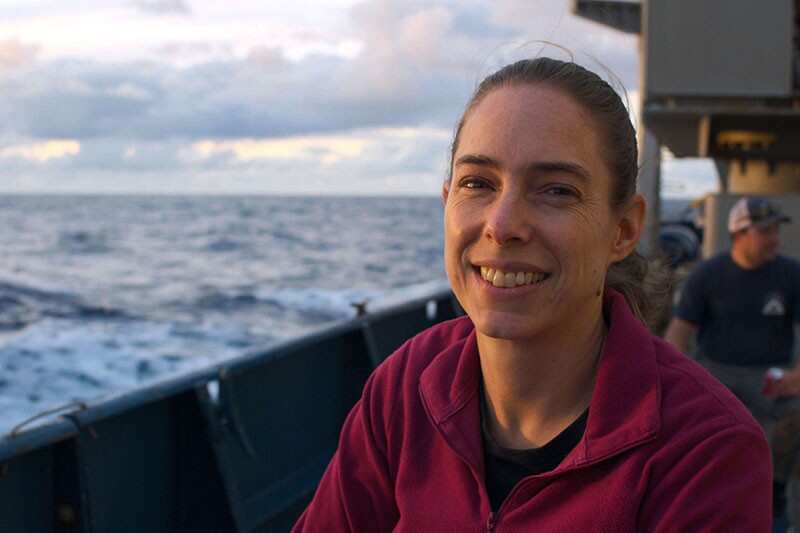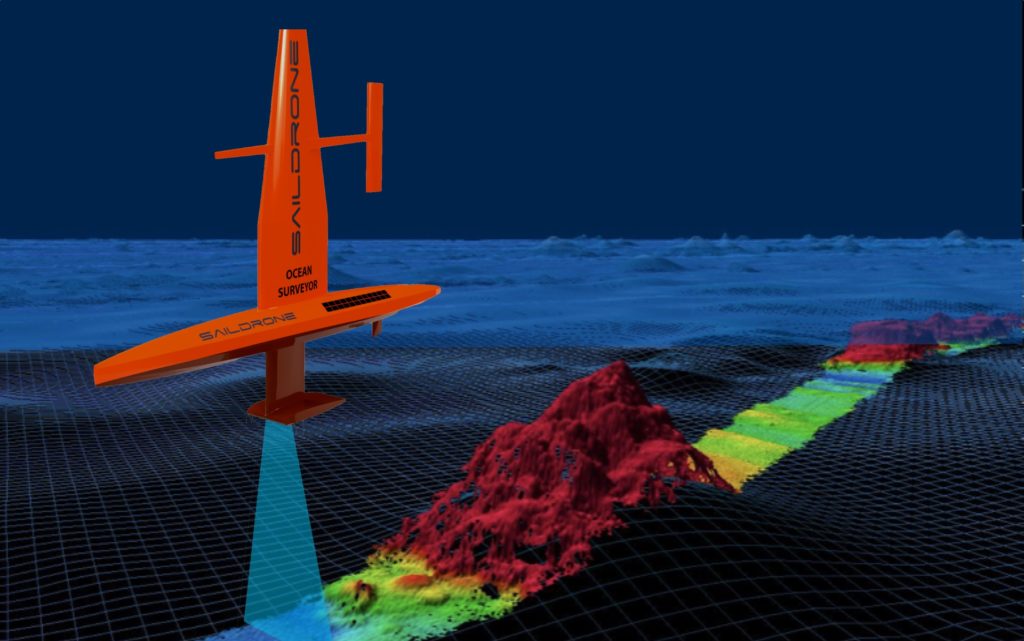UC San Diego Assistant Professor of Chemistry and Biochemistry Itay Budin teamed up with researchers from around the country to study the cell membranes of ctenophores (“comb jellies”) and found they had unique lipid structures that allow them to live under intense pressure. Their work appears in Science.
Tag: Ocean Floor
Unlocking the Ocean’s Secrets: Next-Gen Tech for Precision Seafloor Mapping
Researchers have developed a rigorous real-time acoustic positioning method enhancing the accuracy of ocean bottom seismic exploration. This innovative approach addresses the significant challenges in positioning seafloor geophones, crucial for deep-sea petroleum and natural gas exploration.
FAU Harbor Branch Researcher Receives U.S. Patent for Underwater Imaging Device
A new invention about the size of a soda can is a potential gamechanger in advanced underwater imaging technology. Because of its small size, it mounts easily on different types of undersea vehicles. Moreover, the invention overcomes issues related to contrast loss and blurring and the dispersal of light that occurs underwater.

UNDERSEA ROCKS YIELD EARTHQUAKE CLUES
Earthquakes shake and rattle the world every day.
X-Ray Scattering Facility for Extreme Biology Opens for Research
Life on Earth manages to exist in the Mariana Trench and deep below the ocean floor, where extreme conditions create large effects on the behavior of biological molecules. At the Cornell High Energy Synchrotron Source, a facility dedicated to high-pressure biological X-ray scattering is available for use to explore those deep ocean molecules. Richard Gillilan will describe the main capabilities of BioSAXS and call for scientific use of the facility at the 70th Annual Meeting of the American Crystallographic Association.

UNH Sails into the Next Generation of Ocean Mapping With NOAA Grant
Researchers at the University of New Hampshire have been awarded a three-year grant from the National Oceanic and Atmospheric Administration (NOAA) in partnership with Saildrone, Inc. of Alameda, CA, and the Monterey Bay Aquarium Research Institute (MBARI) to develop data quality tools for a new unmanned wind-powered sailboat-like vehicle capable of long-duration missions to collect vital ocean mapping information.